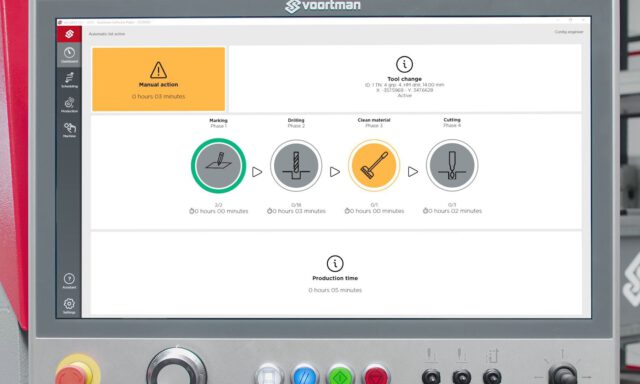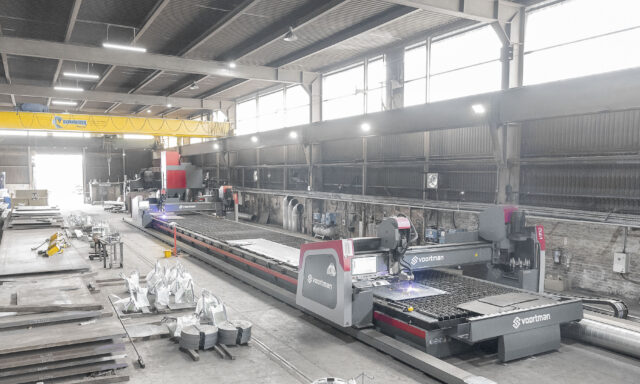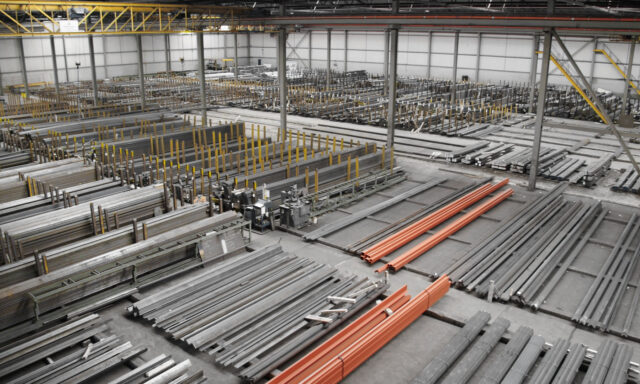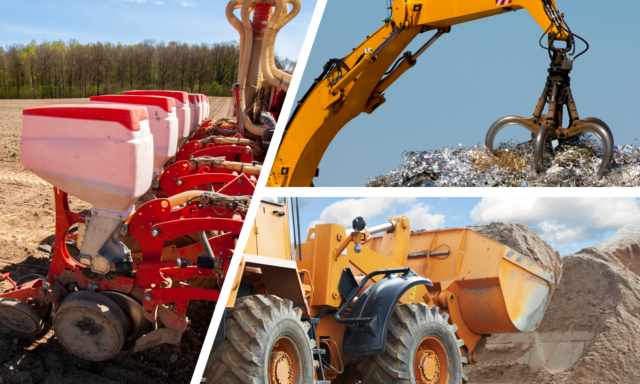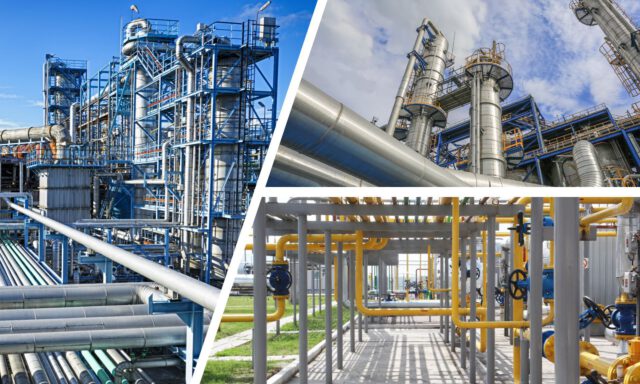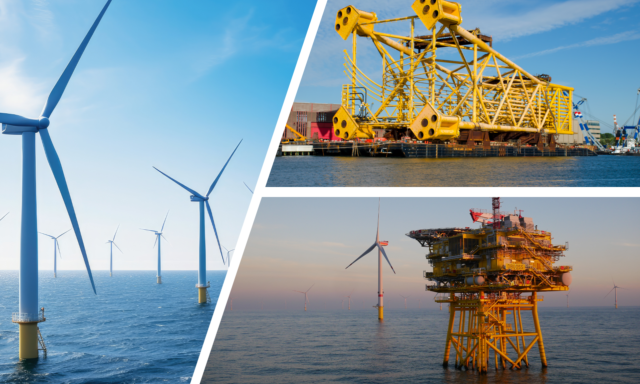- Oxy-fuel
- Automation
- Cutting
- Plate
- Fabrication
- Manufacturing
Oxy-fuel cutting: When to use?
When does oxy-fuel cutting become economically efficient?
Oxy-fuel cutting is a process which is only used to cut steels where the combustion temperature is lower than the melting temperature. This type of steel or material are mainly mild steels and some low alloys with a low Carbon equivalent. The main advantages of oxy-fuel cutting are the low operational costs and the low associated capital expenditure compared to other cutting processes such as plasma or laser cutting. However, because of the significant reduction in speed (3 times slower in the thinner thickness range), oxy-fuel cutting is still not always the preferred method of cutting. In fact, the higher your overall labor costs and the higher your capital expenditure of the rest of the machine, the thicker your material has to be if you want oxy-fuel cutting to become economical efficient. Whether or not to use the oxy-fuel cutting process also depends on the variation in your product mix. If you can cut several products simultaneously with one machine without a significant increase in capital expenditure, the machine time per part is reduced (by the number of torches used) which keeps your capital expenditure depreciation per part low.
If the cutting thickness in mild steel crosses the 50mm (2 inch), oxy-fuel cutting actually is the preferred process because the quality with plasma cutting does not deliver acceptable results anymore in this thickness range and piercing in these thicknesses is limited, among others because of the risks of consumable damage.
